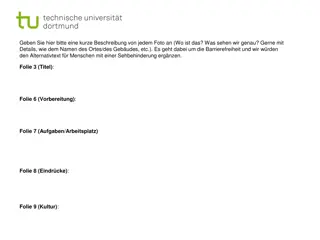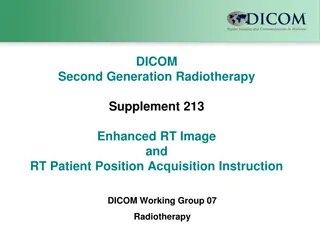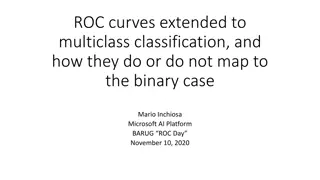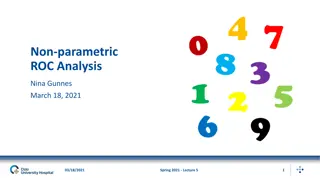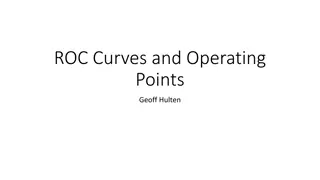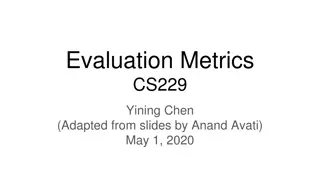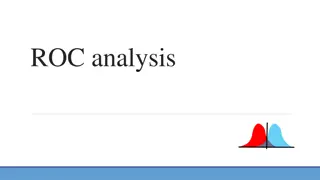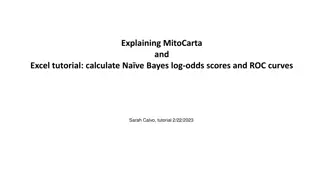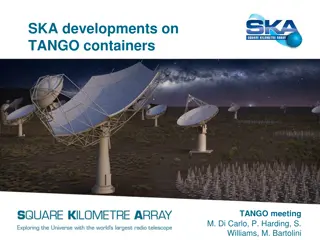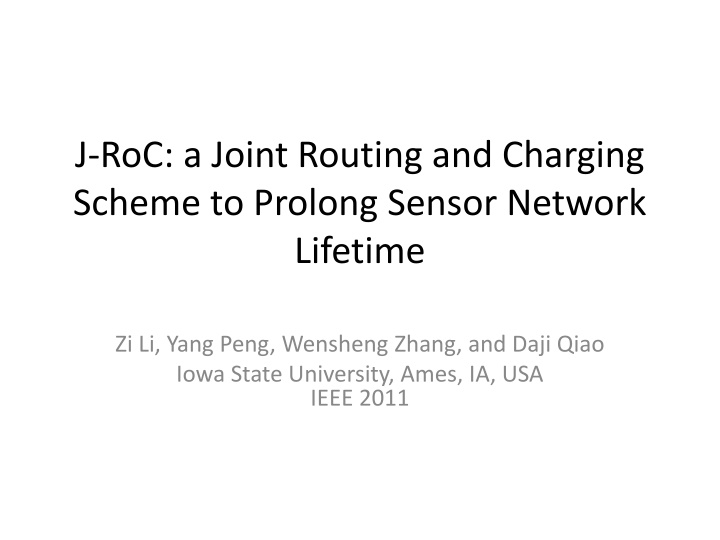
Maximizing Sensor Network Lifetime with J-RoC Routing and Charging Scheme
Explore the innovative J-RoC joint routing and charging scheme designed to extend the lifetime of sensor networks. The scheme focuses on data routing, charging paths, and charge-aware routing costs, aiming to optimize energy efficiency and prolong network operation. Discover how the system dynamically adjusts routing paths, estimates energy consumption rates, and schedules charging to enhance overall network performance and longevity.
Download Presentation

Please find below an Image/Link to download the presentation.
The content on the website is provided AS IS for your information and personal use only. It may not be sold, licensed, or shared on other websites without obtaining consent from the author. If you encounter any issues during the download, it is possible that the publisher has removed the file from their server.
You are allowed to download the files provided on this website for personal or commercial use, subject to the condition that they are used lawfully. All files are the property of their respective owners.
The content on the website is provided AS IS for your information and personal use only. It may not be sold, licensed, or shared on other websites without obtaining consent from the author.
E N D
Presentation Transcript
J-RoC: a Joint Routing and Charging Scheme to Prolong Sensor Network Lifetime Zi Li, Yang Peng, Wensheng Zhang, and Daji Qiao Iowa State University, Ames, IA, USA IEEE 2011
propose Prolong Sensor Network Lifetime Find max network lifetime Consider two part: Data routing, charging path
Routing Cost Nodes periodically broadcast beacons The beacons are broadcasted periodically, nodes can dynamically change their parents. Receiving the costs from neighbor nodes, sensor node i calculates it s energy-minimum routing cost c i ETX i,j ,t number of transmissions needed to send a packet successfully over link (i, j). node i routing cost
Charge aware routing cost Es is the battery capacity ei,j,t = Charge energy estimates the nodal energy consumption rate
Charging Scheduling First, selects a set of sensor nodes that should be charged in the next Tc interval. Secondly, it determines a sequence in which the sensor nodes are charged so that the movement time is minimized. Maximize i be the percentage of charging energy that should be allocated to sensor node i in one Tc interval.
Future nodal energy consumption rate C i,t = erx and etx expected energy consumed to transmit and receive a packet Si,t the set of energy-minimum paths from sensor node i to the sink rj,t future sensory data packet generation rate of node i estimated at time t
Charging sequence Merge VRPTN
Optimal solution 0 Life time Flow constraint Total charge time the MC s movement delay is ignored and the link qualities are perfect


